Despite being a thriving commuter hub, Waterloo station harbours a surprising number of quirky links with the animal kingdom…
Diligent Dogs
During the first half of the 20th century Waterloo was home to a succession of ‘Railway Collection Dogs’; faithful hounds who padded around the station’s concourse with money boxes strapped to their backs, into which charitable members of the public could pop a few pennies.

‘Handsome Boy Prince’; a charity dog who once collected at East Croydon station (image: Old Southeronians Association)
Waterloo’s most celebrated charity dog was ‘Laddie’, an Airedale Terrier who was introduced to Waterloo in 1949 to raise cash for a retired railway workers’ home in Woking, Surrey.

A young passenger at Waterloo pops money into Laddie’s collection tin (image: Old Southeronians Association)
Laddie patrolled Waterloo until his retirement in 1956, by which point he’d raised over £5,000; a very handsome sum for the time (approximate to £87,000 in today’s money).
The faithful dog spent his final years at the Woking retirement home amongst the elderly railwaymen he’d done so much for.
When Laddie passed away in 1960 he was stuffed and put on display in a glass cabinet at Wimbledon station where he remained until 1990.
Today, he is kept by the National Railway Museum in York, complete with an original collection box.
Waterloo Buzz
As well as dogs, Waterloo was once also home to approximately 40,000 bumble bees… whose hives were located 200ft up on the station’s roof!
The bees were kept in the 1950s and 60s by Mr Wilfred Green, a railway worker who used the hives to make jars of honey for the Southern Railway’s Children’s Home in Woking (allied to the home for which Laddie the dog raised money).
A video of the hives being tended by Wilfred in 1958 can be viewed below (note the complete lack of protective gear!)
Waterloo Pride…the Coade Stone Lion
For almost 180 years, a fearsome, stone lion has roamed the vicinity of Waterloo…
Weighing 13 tonnes, the lion dates back to 1837 when it was created by Warwickshire born artist, William Frederick Woodington as a grand mascot for the ‘Lion Brewery’; a distillery which once stood on the Southbank’s Belvedere Road.

The Coade Stone Lion at its first home; the Lion Brewery, pictured here in 1930 (image: British History.ac.uk)
The lion is forged from ‘Coade Stone’; an artificial material which was perfected by Eleanor Coade in the late 18th century.
Fired in a kiln over a period of several days, Coade stone is a very tough substance, famously immune to the onslaught of pollution… which means it always looks sparkling clean.
Like the Lion Brewery, Eleanor Coade’s factory was also located on the Southbank- the site today is now occupied by the Royal Festival Hall.
Holding pride of place above the brewery’s main entrance, the mighty lion was originally painted red as the mock-up image below illustrates…
An early admirer of the sculpture was French writer, Emile Zola who was delighted to see the hefty statue “poised in mid-air” atop its high arch.
Years later, Zola made a special return visit to the site to view the statue- which he affectionately referred to as “my lion”- one last time.
*
In 1949, the Lion Brewery was demolished and the land passed over to the development of the 1951 Festival of Britain.
At the request of King George VI himself the lion was saved… and adopted by Waterloo Station where, with its red coat (the colour then associated with the newly nationalised British Railways) it was able to continue as a corporate mascot.

The Coade Stone Lion being removed from the brewery in 1949 (left) and the symbol for British Railways (right)
During its time at Waterloo, the lion stood outside the York Road entrance, a short distance from the station’s Victory Arch entrance.

The Coade Stone Lion at its second home- outside Waterloo station, pictured here in 1958 (image: copyright Lambeth Government)
The lion guarded the station until 1966 when it was sadly forced to make way for the ‘Tower Building’; a looming 1960s office block which squeezes right up to Waterloo’s 1920s façade in a pretty thuggish way…
After being displaced by the modernist office slab, the Coade Stone Lion (also known today as the ‘Southbank Lion’) had its red paint removed and was shifted to its current site… the north-eastern foot of Westminster Bridge, right between the Houses of Parliament and the London Eye.

The Coade Stone Lion being moved to Westminster Bridge in 1966 (left) and the sculpture today (right)
The lion has a twin which once also adorned the former brewery… this partner can now be found at Twickenham rugby stadium’s west gate, standing proud in a coat of gold paint.
Elephant in the Room
Looming above the escalators that lead down to Waterloo’s connection with the Jubilee Line stands this rather fine elephant:
The piece was created in 2000 by Kendra Haste, a renowned artist who specializes in creating animal sculptures from wire.
Cheeky Mice
The little fellow pictured above can be found hiding behind a cheerful statue of the artist Terence Cuneo which stands close to Waterloo’s Victory Arch entrance.
Born in London in 1907, Terence Cuneo studied at the Slade School of Fine Art and began his career as an illustrator for books and magazines.
In WWII, he served with the Royal Engineers and also carried out work for the War Artists’ Advisory Committee, creating a number of works depicting scenes from the conflict.
Cuneo was an expert at capturing fleeting moments in painstaking detail, a skill which led to him being appointed the official artist for Queen Elizabeth II’s coronation in 1953.
As well as his wartime paintings and Royal commissions, Terence Cuneo was especially renowned for his paintings of railways… a selection of which can be viewed in the slideshow below.
Terence had a very playful personality and crafted many fine toys for his two beloved children- including a full-size roundabout and a miniature railway which trundled around the garden.
His sense of mischief extended to his paintings, which are famous for their inclusion of a trademark little mouse, often very well hidden….rather like an early version of ‘Where’s Wally?’… hence the wee rodent included in the Waterloo statue.
Spotting the mice within his paintings can be quite a challenge!
Terence Cuneo passed away in 1996 and his statue, sculpted by Philip Jackson, was unveiled at Waterloo station in 2004.
A short film documenting Terence at work in 1960 can be viewed below:

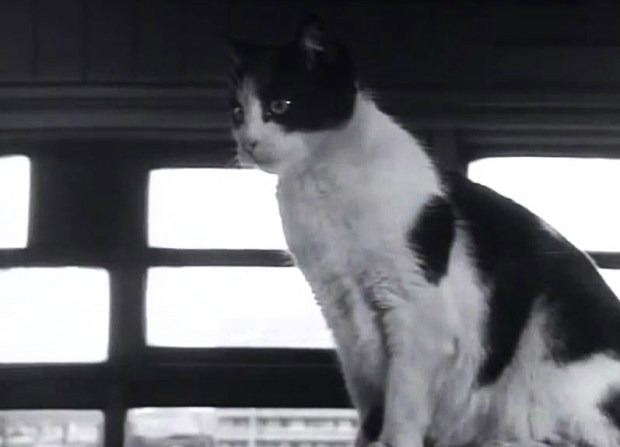





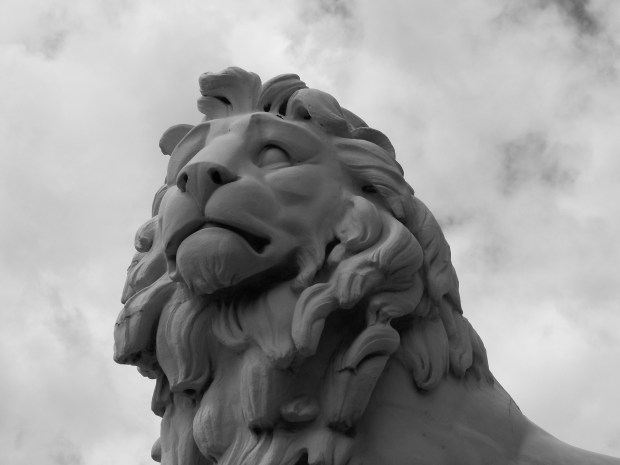








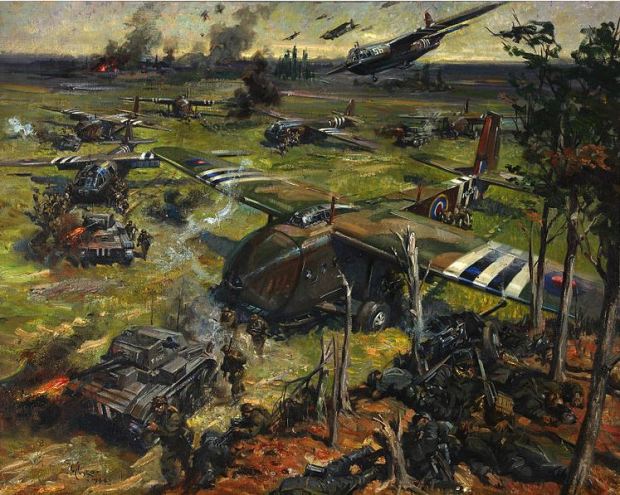
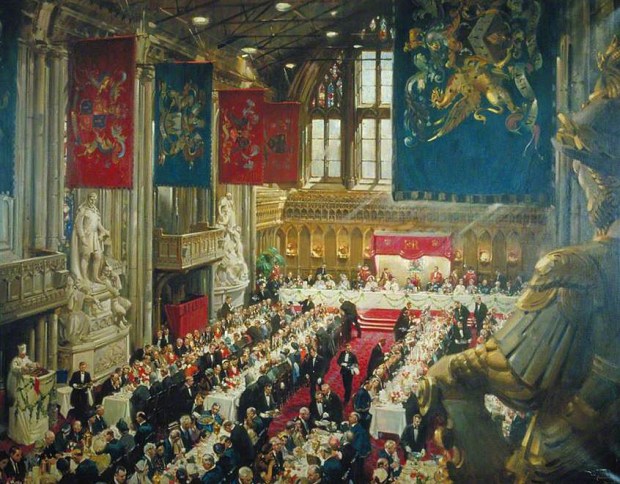






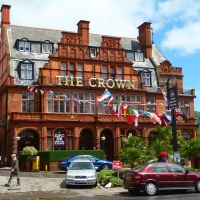

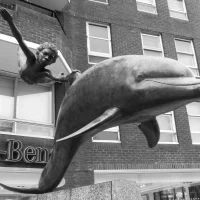
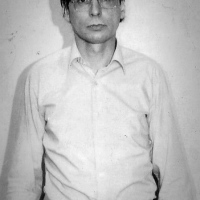

I remember the dogs with their collection boxes….I was always given a penny to put in.
Many thanks for sharing that, Helen 🙂
Great post, really enjoyed reading it, made me smile:)
Thank you very much, nice to know I can bring a smile 🙂
[…] The animals of Waterloo Station. […]
[…] The animals of Waterloo Station. […]
I’ve travelled through Waterloo Station for a couple of decades now and I knew nothing about most of what you’ve told us here! I know the lion on Westminster Bridge and now I can impress tourists with my knowledge 🙂
That’s so kind of you to say, thank you very much!
[…] The animals of Waterloo Station. […]
When I started work in1954 I used to travel to Waterloo from Norbiton, the train stopped at Wimbledon and I remember seeing the dog in the glass case and often wondered why it was there. Thank you very much for being so informative
My pleasure, John thank you so much for sharing your memories.
[…] The animals of Waterloo Station. Black Cab London […]
[…] finally to a couple of historical items. First up the next part in the series on Waterloo Station — this is part 6 on Waterloo’s […]
I love the clip on the bees. Mr Wilfrid Green was my late father, I well remember as a child being taken up to the roof to see the bees.
,
Thank you so much for sharing that, Carol. It’s always wonderful to hear from people who have a personal connection to the things I write about. Many thanks xx
[…] kinda weird. And finally to a couple of historical items. First up the next part in the series on Waterloo Station — this is part 6 on Waterloo’s wildlife. Tom Shakespeare tries taking a look at what it […]